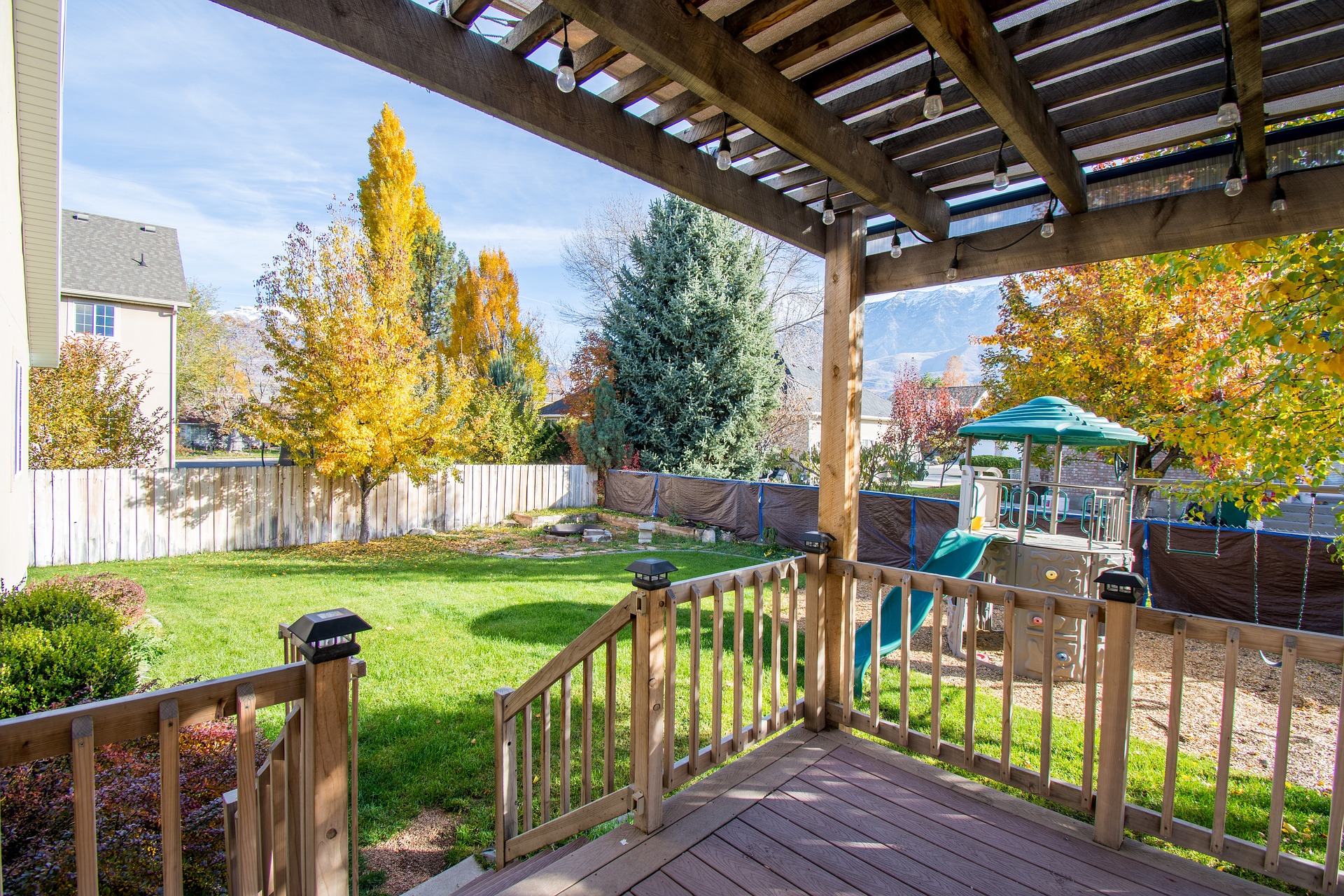
What You Need to Know About Building a Raised Deck
Before you begin, there are several things you need to know about building a raised wood deck. It costs more to build than a ground-level deck and may require a building permit and stairs or a landing. But there are many advantages to a raised deck.
Cost
The cost of building a raised deck depends on several factors, including the materials used. The price of building a raised deck may be more than double that of a ground-level deck. For one thing, you’ll need more lumber to build it with attractive supports. Another factor to consider is the labor needed to install the deck.
Building Permit
If you’re building a raised deck on your home, getting a building permit first is essential. If you don’t, you could be liable for the cost of repairs and hospital bills, and your insurance company won’t cover you if something goes wrong. Additionally, a missing permit could hamper your negotiations and slow the sale if you decide to sell your home.
To begin the process, you must fill out an application. In some areas, this process can take days or weeks. The application should contain details about your property, owner, and contractor.
Stairs
If you’re building a raised deck, you’ll need to build stairs. As with most home construction projects, proper measurements are critical to ensure that the stairs fit correctly. It would help if you had a measurement of each stair’s width and the height of the risers and treads. Generally, the treads should be about ten and a half inches wide, and the risers should be seven to eight inches high. You’ll also need to follow the proper code requirements for materials and spans.
A sturdy railing is a must for any elevated deck. A railing is a protective device that guards against sideways falls. A railing can be made from two or more pieces. Most contractors will install a combination stair rail/handrail system.
Landing
If you are building a deck with stairs, you will need to provide a landing for the steps. The landing should be at least eight inches (203 mm) higher than the exterior floor. Adding a landing to the stairs is necessary for two reasons. First, it is a safety issue. A landing can be helpful if someone trips and falls on the stairs. Second, a landing can provide a place for someone to stand when walking on the stairs.
A landing is required for exterior stairs, including those that rise to the third and fourth floors of a home. This gives people a solid place to step off the stairs and is required by the building code.
Ledger Board
If you plan to build a raised deck, you should follow the building codes. Generally, the finished deck surface must be lower than the interior floor of the room leading onto the deck. This distance should be four to eight inches. This is important because it provides a safe step between the deck and the house. However, you may need to consult your local building code to determine the correct height. To choose the correct height, take into account the drop from the interior floor as well as the thickness of the decking material.
When building a raised deck, you need to install a ledger board. This board is connected to the lumber frame of the neighboring building. Another way to fasten a ledger to the adjoining building is to anchor it to the foundation.
Pier
To construct a raised deck, you will need a pier. Typically, you will build a pier by pouring concrete into a pier form. This form can be prefabricated, or you can make it yourself. If you make the pier form yourself, you should buy thick cardboard forms and cut them to the correct height. Once assembled, you will need to set it into place on the concrete footing. The form should be securely attached to support boards, so it doesn’t move when the concrete is poured.
Stair Stringer
Building a stairway on a raised deck requires a stair stringer or stair railing. First, measure the height of the stair riser and the distance between the riser and the top of the stringer. Once these measurements are known, you can begin cutting the stair stringer. The cutline of the stringer should be plumb and level.
The first tread of the stairs will not rest against the joist much. Therefore, you will need a fingerboard (an extra board that provides a nailing surface). The fingerboard should be large enough to accommodate the stair stringer.
